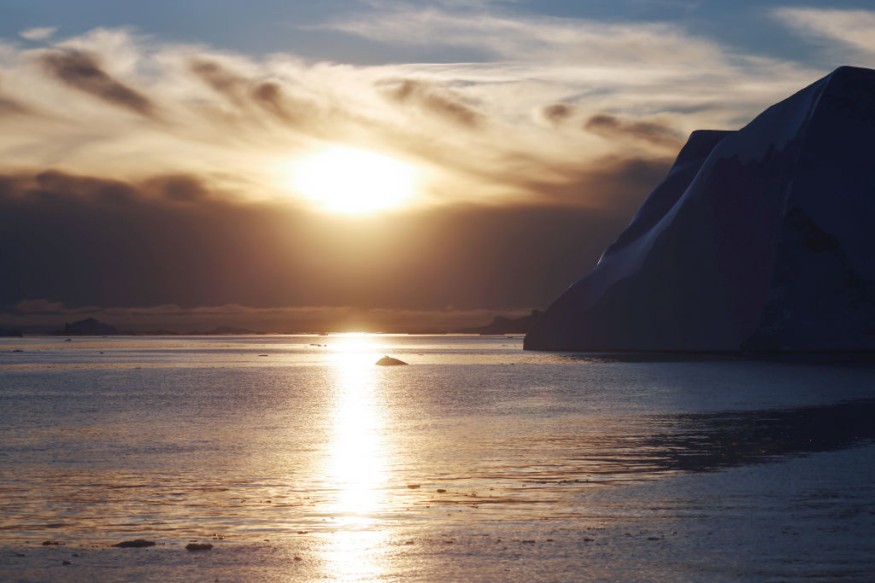Human foraging response on the Atlantic coast of Europe was able to adapt to the abrupt climate change linked to the cooling and drying temperatures of the so-called "8.2 ka event," according to a new study.
The event was long believed by climate scientists and the wide scientific community to have impacted human societies during the Early Holocene.
Previous research has indicated that some civilizations have struggled to survive in this sudden change of climate in other parts of the world.
In light of the new discovery, our understanding of the relationship between societies with their environment will show that the latter also significantly influences how human activities are governed in ancient times.
Climate Shift and Survival

A novel geological and archeological study suggests that survivors of the climate shift were able to adapt by eating specifically the shell of an invertebrate of the phylum Mollusca, a calcareous exoskeleton.
In the new research published in the journal Scientific Reports on Wednesday, April 20, researchers were able to arrive at their findings by collecting archaeological samples from 23 of the 25 stratigraphic units in El Mazo, located off the northern coast of Spain and in the Atlantic Ocean.
Using the methods called the Bayesian chronological modeling and radiocarbon dating, the research team was able to determine that marine mollusc shells have helped prehistoric humans in the Atlantic region in their quest for food search during the intense climate change, as per the American Association for the Advancement of Science (AAAS).
Furthermore, the shells also revealed evidence that humans engaged in increased harvesting in dangerous coastal areas and other methods for survival.
The scientists were able to determine this since the mollusc species contain archaeological deposits of data on temperature during the time.
Moreover, the shells also showed a high-resolution chronological sequence of how humans used the cave, likely as a form of shelter from the changing environment and climate.
The scientists were also able to find a large number of fossils from the bone of terrestrial animals and micro-botanical remains.
Global Climate Warming
Scientists of the novel study acknowledged that the current global climate warming will continue and will yield large-scale consequences for humans.
They confirmed long-held notions that some climatic and environmental changes in the past have shaped human behavior and evolution.
Amongst these natural phenomena, the "8.2 ka event" is the largest and most fast-paced climactic event of the Holocene Epoch or Holocene period, which approximately started 11,500 years ago.
The study cited suggestions by climate scientists that the event was triggered by the impact of melting glacial water in the Laurentide lakes or the Laurentide Ice Sheet in North America. Even before the Industrial Revolution of the 18th century, global warming has already occurred, contrary to conventional knowledge.
Also called the 8.2-kiloyear event, the 8.2 ka climate occurrence transpired approximately 8,000 years ago in the North Atlantic region also caused the decreased speed of the Atlantic Meridional Overturning Circulation, and eventually the poleward pattern of heat transport, as per the Royal Meteorological Society (RMETS).
The said environmental effect in relation to the heat transport caused by the event may have allegedly contributed to the current stability of the climate in contemporary times.
However, the increasing emission of fossil fuels and greenhouse gases over the past 200 years is endangering such stability.
© 2025 NatureWorldNews.com All rights reserved. Do not reproduce without permission.





